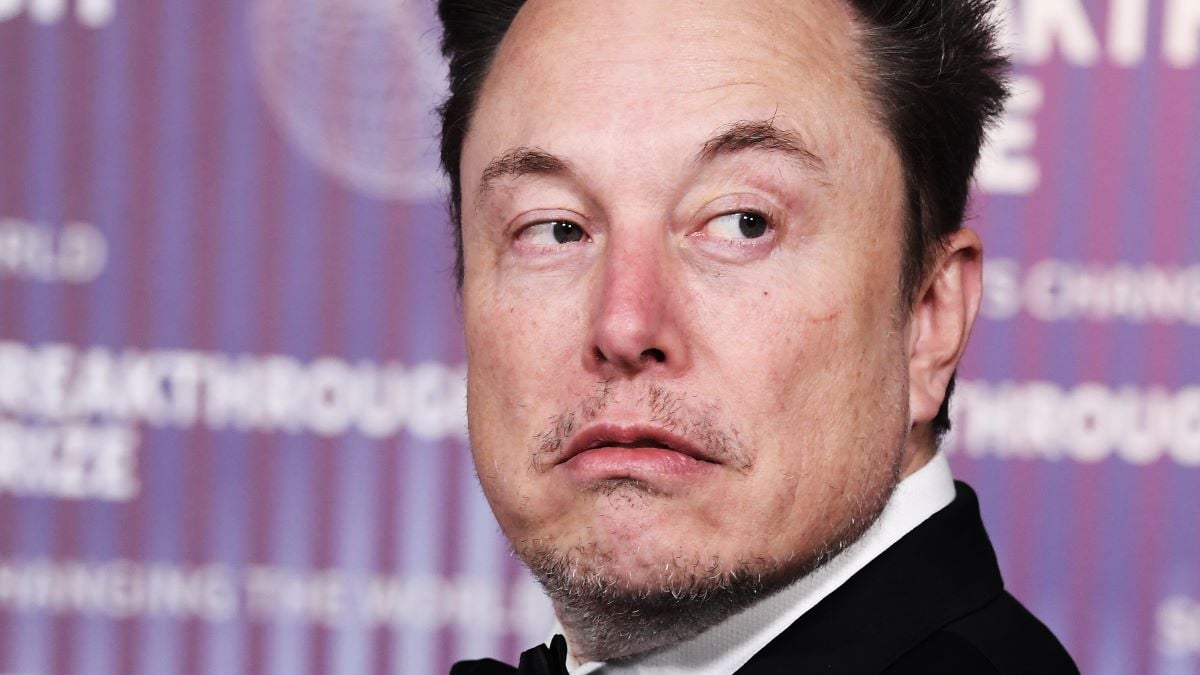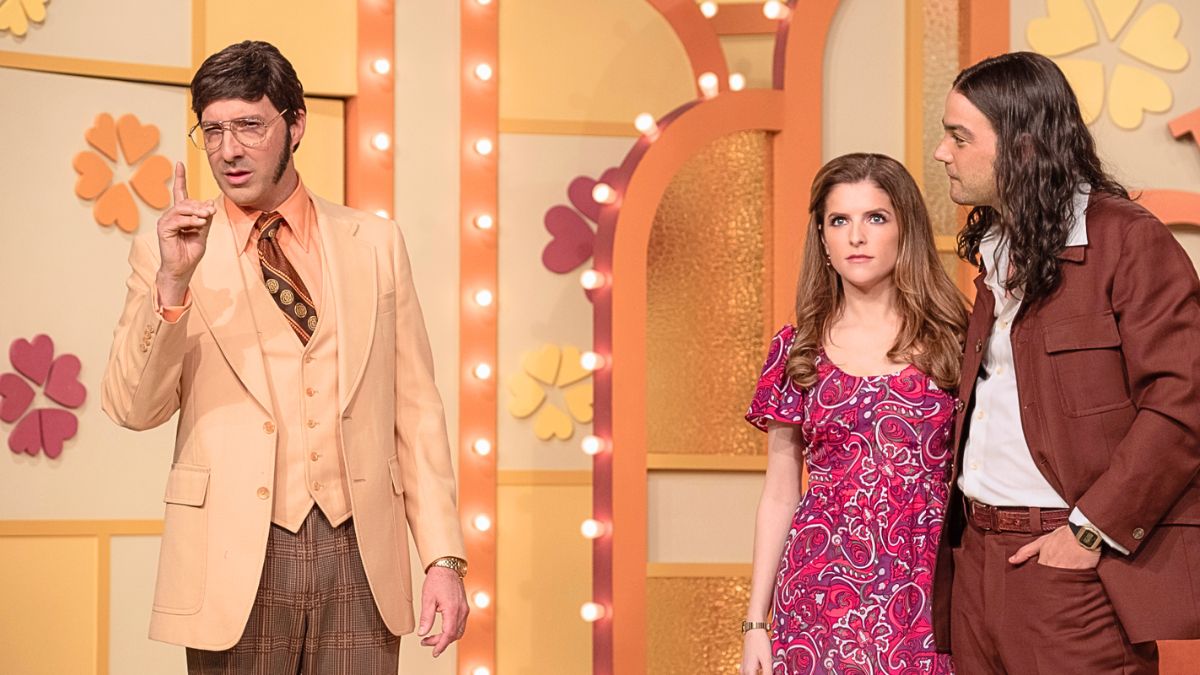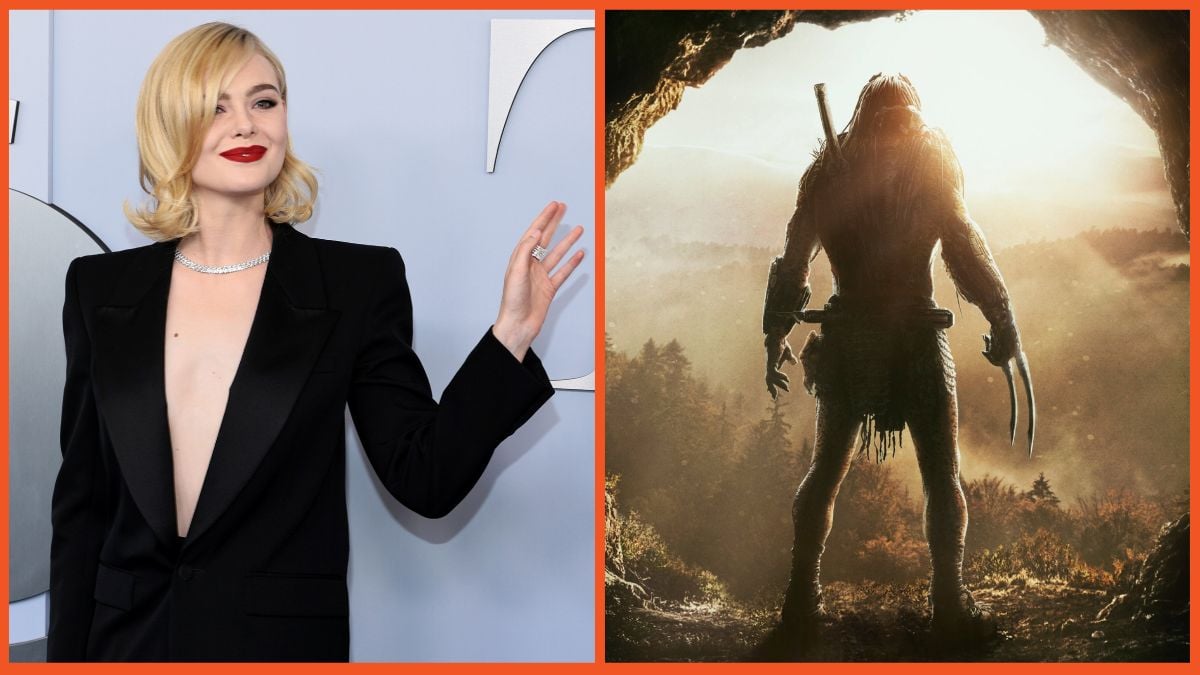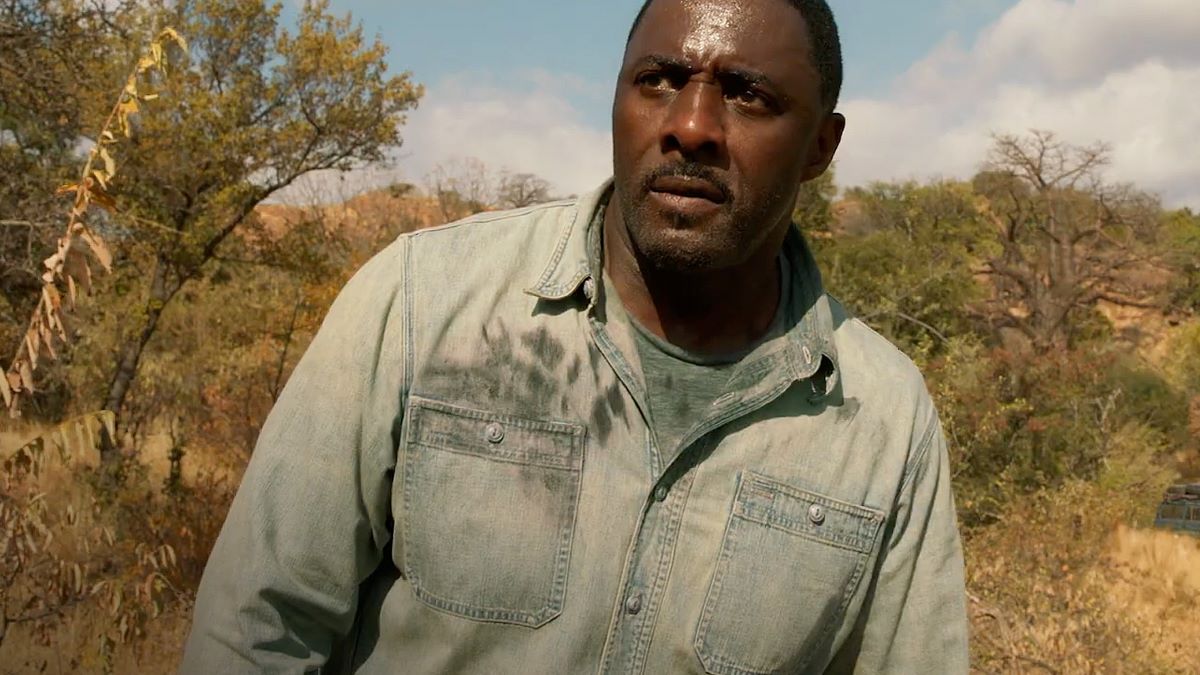My Dad would have loved this movie.
I thought of him often while watching The Hobbit: An Unexpected Journey, for he was the most enthusiastic Tolkien fan I will ever know. Before he passed away this October, Dad was looking forward to this movie as much as anyone, and without a hint of the cynicism many critics and fans have shown toward the project. He simply loved Middle Earth and adored spending time there, among the many wonderful characters, lands, and creatures Tolkien’s world has to offer, and would have relished the opportunity to immerse himself once more in Peter Jackson’s cinematic recreation of the realm.
For while the Lord of the Rings trilogy stands as one of the greatest films ever made for countless reasons, the flawless formation of cinema’s single most immersive fantasy landscape is arguably Jackson’s greatest accomplishment. The Lord of the Rings was special because of its miraculous power to transport and envelop, and that is why it spoke to such a large and diverse audience in its day. I think of my father when I evaluate The Hobbit, for while critics and scholars shall judge this film with a more discerning eye, most viewers – including my Dad, were he alive to see it – will simply be looking to return to Middle Earth, and hopefully have a good adventure along the way.
And no matter how many critical things I shall have to say about the film in the paragraphs to come, it must be said upfront that The Hobbit: An Unexpected Journey does indeed deliver on this primary criterion. If it does not transport viewers quite as well as The Lord of the Rings, it does so more than well enough in service of a splendid, if imperfect, adventure. My Dad would have gone bonkers for this movie. If he sounds like the kind of fan you relate to at all, I think you will as well.
I, personally, am mildly disappointed in the film, not nearly enough to express outright dislike or disinterest, but enough to feel a little disheartened by the finished product. There are many moments of sheer, blinding brilliance in An Unexpected Journey, and the good, taken as a whole, far outweighs the bad, but there are too many frustrations, on levels both macro and micro, to view the film as a major success.
The primary issue here is one of focus, for in expanding Tolkien’s classic children’s novel into a sweeping fantasy epic, Jackson and company have, I think, lost the forest for the trees. I have never objected to the theory of expanding The Hobbit into a trilogy, for Jackson is absolutely correct when he argues that there is much more to the book than meets the eye; both within the novel itself and in the appendices of The Lord of the Rings, there is more than enough room to embellish and expand while staying true to the spirit of Tolkien, and given that this will be Jackson’s last chance to explore Middle Earth – Tolkien’s estate is keeping an iron grip on the rights to all other works – I completely understand his instinct to tell as much of The Hobbit as possible.
But in execution, expanding the Hobbit story means broadening the focus far past issues that concern Bilbo Baggins, to the point where the title character feels like an afterthought in his own movie. To create the ‘epic’ scope needed to sustain multiple films, Thorin and the dwarves’ plight has been moved front and center – subject even of a lengthily opening prologue similar to the one found in The Fellowship of the Ring – and other large issues, like the growing threat of the Necromancer – Sauron in human form – have been grafted onto the skeleton of the plot. These moves are rational and necessary to make The Hobbit worthy of the trilogy treatment, but after watching An Unexpected Journey, I ultimately feel that the approach completely misses not only the point, but the very appeal of the original story.
The dwarves and their quest are obviously important to Tolkien’s book, but they primarily serve as backdrop to Bilbo’s own character progression. He is not just the central figure, but the point-of-view reader proxy as well, and the joy of The Hobbit is that we experience the wonders of Middle Earth through his inexperienced eyes as he grows from a respectable but lazy hobbit into a brave and adventurous hero. Bilbo and the unique prospective he provides is the primary reason for the book’s creative success, and for a good deal of its runtime, An Unexpected Journey misses the mark on this crucial point. The film is so preoccupied with exploring the history of the dwarves, the threat of the necromancer, and the motivations of supporting characters like Thorin and Gandalf that Bilbo isn’t just secondary, but a non-entity for long stretches of time. The original story may have many avenues for expansion, but every single one of them takes us away from Bilbo, and leaves the finished film without a clear sense of identity or focus.
Before Bilbo and company even reach the trolls – chapter two of the novel – we are treated to four major expository sequences that not only have nothing to do with the protagonist, but cut away to other places, times, and characters entirely. The first act of any story should be spent investing in the main character, but in An Unexpected Journey, the first act is all about the main character hearing about other people, places, and tales. The film looses its center very early on in a clunky mess of exposition and establishment, and while all the individual components are well executed, it is impossible to invest in the experience as a whole when the film itself is not invested in any one element. The Lord of the Rings films obviously juggled a lot of plot threads and characters, but we never doubted that Frodo was both the centerpiece and a highly important player in a vast and multifaceted campaign. Here, every creative choice only reinforces what a small cog Bilbo is in a much larger machine, and where Tolkien took that concept of dramatic happenstance and made it absolutely invigorating, Jackson often seems to forget Bilbo even exists.
It is a tremendous shame for many reasons, chief among them that Martin Freeman is probably the best actor of this age-range who could ever play Bilbo Baggins. He is simply wonderful, offering a nuanced, finely crafted performance that perfectly captures the spirit and development of the character at every turn. I cannot imagine anyone else playing young Bilbo, and yet I am extremely frustrated at how little Freeman is given to do for much of the film. I have gone on record many occasions saying Ian McKellan’s Gandalf is my favorite screen character of all time, but when Gandalf, a supporting player, gets more attention and screen-time than the protagonist of the piece, something has gone wrong.
All that being said, An Unexpected Journey improves by leaps and bounds during the final hour, after the company departs Rivendell, for that is when Bilbo is finally allowed to take center stage and the film congeals rather wonderfully around him. The ‘Riddles in the Dark’ sequence is a stirring highlight not only because Andy Serkis returns as Gollum – better than ever, I might say – but because it focuses entirely on Bilbo’s character and progression, and single-handedly gives the film a much tighter, more compelling sense of identity. From there, the film climaxes and concludes in spectacular fashion, with clear arcs for Bilbo and Thorin that resolve on a highly satisfying note. Problems aside, An Unexpected Journey does not feel truncated or sold short, a la Harry Potter and the Deathly Hallows Part 1, but works relatively well as its own film, with a clear, if not always well executed, beginning, middle, and end.
And though I feel the unbalanced focus on Erebor, the Necromancer, and other supplemental plot-threads hurts this particular film, I am intrigued by the groundwork laid for films two and three. Jackson and company have many fascinating avenues to follow, and with Bilbo now firmly in place as the center of this story, I hope these paths can be explored without splintering the narrative any further.
Even at its most frustrating, An Unexpected Journey still has many positive attributes worth celebrating, especially in the strong work from the supporting cast. McKellan is as good, if not better, than ever before, but that’s no surprise. The real discovery here is the dwarves, an endearing bunch of characters that are more interesting, entertaining, and vividly realized than they were in Tolkien’s book. Richard Armitage makes for a top-notch Thorin, gripping and authoritative at all times, and I simply adore Ken Scott’s Balin. The other dwarves are less distinctive, as they were always bound to be, but I still find it admirable how much I found myself invested in individuals like Fili, Kili, Gloin, and Dwalin, along with the company as a whole. If there is any clear advantage to the trilogy approach from this first film, it’s that extra time spent with the dwarves can only make them increasingly effective characters as time goes by.
Visits from Lord of the Rings alumni Hugo Weaving, Christopher Lee, and Cate Blanchett – absolutely phenomenal in an emotional, standout sequence opposite McKellan – are also pleasing, and though Radagast the Brown is the center of one of the more distracting subplots of the film, Sylvester McCoy is wonderful in the part.
I am also impressed by Jackson’s handling of tone. Though not as child-friendly as its source material, An Unexpected Journey is more whimsical and lighthearted than The Lord of the Rings, and generally consistent in voice and style throughout. It is definitely an adjustment for fans of the original trilogy, but if one tempers expectations accordingly – even at its best, The Hobbit was never going to offer a story on par with the earlier films – one will find the film’s atmosphere pleasing. I am not entirely sure, however, that the film is appropriate for kids; some of the violence in the third act is unnecessarily graphic for a film based on a children’s book, and parents might want to check the movie out alone before taking their young ones.
While I can safely say that the film offers aural splendor thanks to another pantheon-level musical score from Howard Shore, my assessment of the film’s visuals is hindered by the high-frame-rate 3D presentation. The process, I am sad to say, absolutely crippled my enjoyment of the movie. Viewed at 48 frames per second, An Unexpected Journey looked terrible to me, with character and camera movements sped up in odd and distracting ways. More troubling is the image quality itself; the clarity is strong, I suppose, but not much more than a standard 4K projection (and certainly not on par with 35mm film), and the higher frame rate gives costumes, make-up, props, and special effects a fake and inorganic look. The whole movie looked like a cheap and chintzy TV production, and combined with flat 3D and dim colors from the tinted glasses, I was constantly distracted and held at arm’s length by technical drawbacks.
I cannot, however, dismiss the frame rate wholesale, for my brother, who accompanied me to the screening, said The Hobbit was the single most gorgeous and immersive theatrical experience he had ever seen. He reported none of the issues I highlighted above, and instead spoke of intense clarity in color, detail, and facial features, as well as smoother, more natural movements and deep, enveloping 3D.
I trust his judgment implicitly, and believe that the gap between our opinions of the format may have something to do with the differences in our eyes. My vision has always been much worse than his – I wear corrective lenses and he does not – and this has always impacted my experience with 3D in general. When I watch a 3D movie, or even play the Nintendo 3DS console, I tend to see ghosting and blurring without a lot of depth, while my brother has never had these issues. This is common, as I understand it, among people with eye problems, and I think the same must hold true to 48fps. If one’s vision is close to perfect, the process will work exactly as intended and be worth the effort. But if you, like me, have always had trouble seeing 3D in movies, 48fps will only exacerbate the problem.
I recommend seeing the movie in 2D just to be safe, and look forward to catching a 2D screening myself to better evaluate the film. For the time being, I can only say that Andrew Lesnie’s cinematography is just as good as it was on The Lord of the Rings, and that assuming my visual issues are all due entirely to the frame rate, An Unexpected Journey is a beautiful and well produced movie. I wish Jackson had not relied so much on CGI – most of the creatures in the film are computer generated, whereas The Lord of the Rings made greater and more effective use of make-up and prosthetics – but New Zealand serves Middle Earth as well as ever before, and there are more than enough breathtaking landscapes to lose oneself in.
And that, of course, is what this whole discussion comes back to: Does An Unexpected Journey do a satisfactory job bringing audiences back to Middle Earth? The answer is ‘yes’ – if not as resolutely as I may have hoped – and the film is absolutely worth seeing for this quality alone. At this point, I would probably prefer to have had The Hobbit made as one focused film, but there are signs for optimism in An Unexpected Journey that the next two installments will justify the expansion.
No matter what, I know this is a film my Dad would have loved, and when all is said and done, that’s enough to make me content. He may not be here to enjoy it, but there are more than enough eager Tolkien fans out there, including me and my brother, to pick up the slack and carry the torch. Any film that can continue that kind of magical legacy is worthy of praise in my book.
[springboard type=”video” id=”548567″ player=”wgtc007″ width=”600″ height=”350″ ]










Published: Dec 13, 2012 12:01 am